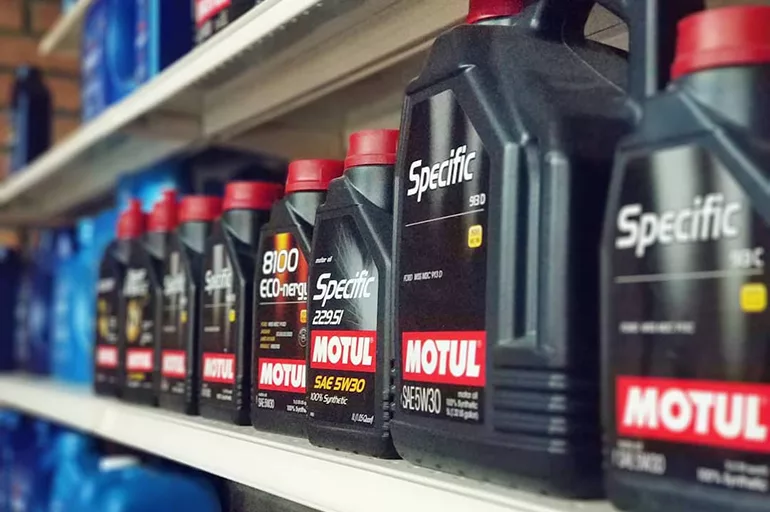
Motul
Motul strengthens service collaboration with Hitachi Solutions’ Design Sprint Approach
The Client
Founded in 1853, Motul is a global French company that manufactures, develops and distributes lubricants for engines (motorcycles, cars and other vehicles) and for industrial uses.
Based on its values of ‘high technology, expertise, authenticity and commitment’, this organisation is adapted to the Group’s ambition of international development. It favours networking and optimises the development time and quality of its products.
The Challenge
Hitachi Solutions has previously supported Motul in a project to create a Modern Data Platform. As part of this project, Motul trusted Hitachi Solutions to conduct a Design Sprint workshop to address the issue of improving collaboration between business units.
Motul’s ambition was to imagine a tool that would allow the various departments to access the internal content they need (brochures, photos, etc.) to help the communications department to raise the expectations of the other departments in order to maintain their competitiveness in their respective markets.

Hitachi Solutions’ guidance was invaluable in bringing the idea to life. There was a lot of reflection on our various issues and needs. We then followed a very interactive process to start with these issues and needs and arrived at a prototype fairly quickly. This prototype will be tested directly with our business units in order to build this tool on a really solid basis.
Baptiste Plaine
Motul Communication’s Director
The Solution
Hitachi Solutions’ expertise in Design Thinking enabled them to quickly define Motul’s needs and propose the best solutions.
For this workshop, Hitachi Solutions welcomed Motul’s business representatives to its premises. During a two-day Design Sprint, several use cases were identified, which will be analysed and improved based on user feedback. The aim of the Design Sprint is to optimise the design time of a solution. It has been used by Motul to align teams on priorities and share future objectives, validating and testing ideas before any investment. Thanks to these constructive exchanges, it was easier to perceive the true nature of the problem and which teams are involved in the process and when, and to draw prototypes that will serve as the basis for the target solution.
The result is a web platform integrated with existing IT tools (CRM, PIM, Micro-Services) designed to be interactive and aligned with the group’s graphic charter.
The feedback from the test users was very positive on the process and the result, which will allow the application to be deployed on a large scale during 2023.